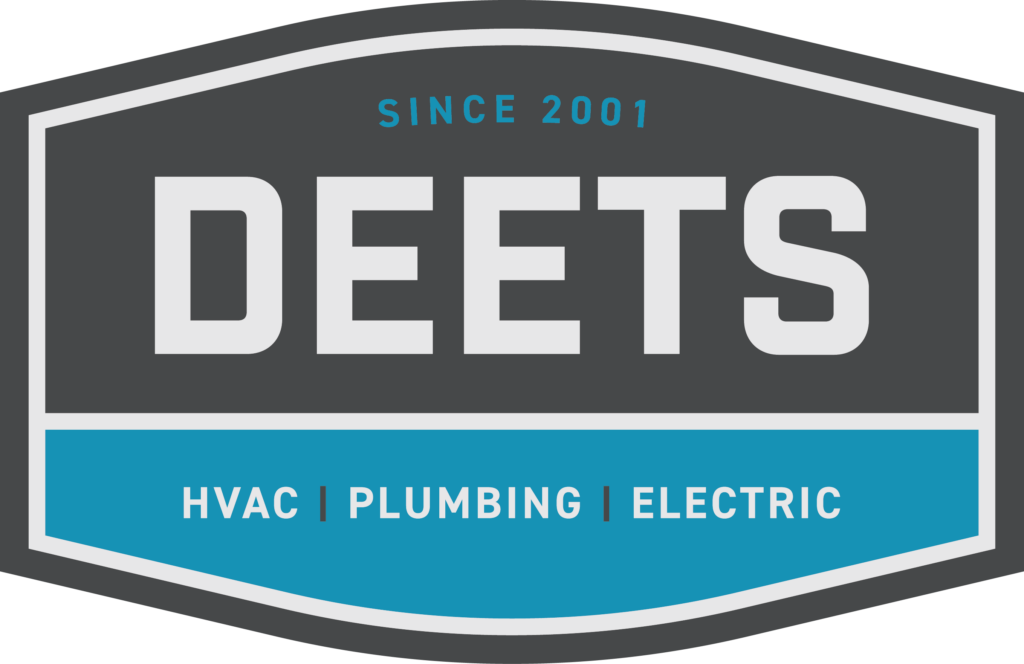Understanding Indoor Air Quality Issues
If you’ve ever found yourself saying, “I think my house is making me sick,” you’re not alone. Indoor air quality (IAQ) has become a growing concern for homeowners. At Deets, our team is here to help you explore the role of indoor air quality and understand how contaminants in your home can negatively impact your health.
How Modern Homes Contribute To Poor Indoor Air Quality
The shift toward more energy-efficient homes began during the energy crisis of the 1970s. Builders focused on creating highly insulated homes that reduced heating and cooling costs. However, these “tight” homes also had a major downside — they didn’t allow fresh air to circulate properly.
By the 1980s and 1990s, indoor air quality was recognized as a national issue. Newer homes, while more energy-efficient, often retain excess humidity and trap airborne pollutants. This creates an ideal environment for:
- Mold growth
- Bacteria and germs
- Dust mites
- Chemical pollutants
When these contaminants build up, they can lead to long-term health issues, including allergy flare-ups, respiratory problems, and even chronic illness. If you’ve ever wondered, “Is the air in my home making me sick?”, the answer could very well be yes — especially if your home has poor ventilation or hidden moisture problems.
Mold: A Persistent Threat In Your Home
Mold is one of the most common and dangerous indoor air pollutants. It’s resilient, thrives on minimal nutrients and can spread incredibly fast. In less than three weeks, a single mold organism can multiply into trillions — releasing spores, volatile organic compounds (VOCs), and harmful toxins into your air. Mold can thrive:
- Inside ductwork
- On air conditioning coils
- In damp drain pans
- Behind walls or under flooring
As your HVAC system runs, it can circulate mold spores throughout your home, making it difficult to escape exposure. This is why people with mold problems often find themselves saying, “Could my house be making me sick?” — because it absolutely could.
Health Risks Associated With Mold Exposure
Mold exposure has been linked to:
- Allergies and asthma flare-ups
- Hypersensitivity
- Pneumonitis
- Respiratory infections
- Chronic coughing and sneezing
- Severe conditions like bleeding lung disease in extreme cases
Aside from health issues, mold also damages your HVAC system by clogging coils, reducing airflow and increasing energy consumption.
Improving Indoor Air Quality With UVC Technology
The good news? Modern technology offers solutions to help combat poor indoor air quality and mold contamination. One of the most effective tools is ultraviolet germicidal (UVC) light systems installed directly inside your HVAC system.
How UVC Lights Work
UVC light technology has been used for over 65 years in hospitals, laboratories and even at the CDC to destroy harmful microorganisms. Now, this same technology is available for residential homes.
When installed in your HVAC system, UVC lights:
- Continuously disinfect your air as it circulates through your system
- Destroy mold, bacteria and viruses before they spread
- Prevent mold from forming on coils and in drain pans
- Help eliminate hidden odors caused by microbial activity
UVC lights can offer peace of mind for homeowners by actively reducing the pollutants circulating in the air.
Is The Air In Your Home Making You Sick? Take Control Of Your IAQ
If you’re experiencing chronic allergies, respiratory issues or strange odors you can’t seem to pinpoint, it’s worth considering your indoor air quality. Modern, tightly sealed homes are especially prone to trapping moisture and pollutants — allowing mold, bacteria and chemical contaminants to thrive.
If you’ve been asking yourself, “Could my house be making me sick?” — it’s time to find out. Investing in air quality solutions today can help create a healthier, safer home environment for years to come.



